Tire compounds play a pivotal role in race strategy, influencing everything from pit stop timing to overall vehicle performance. Understanding the nuances of different tire compounds can provide teams with a competitive edge. This article delves into how tire compounds affect race strategy, drawing insights from recent F1 races and academic studies.
Understanding Tire Compounds
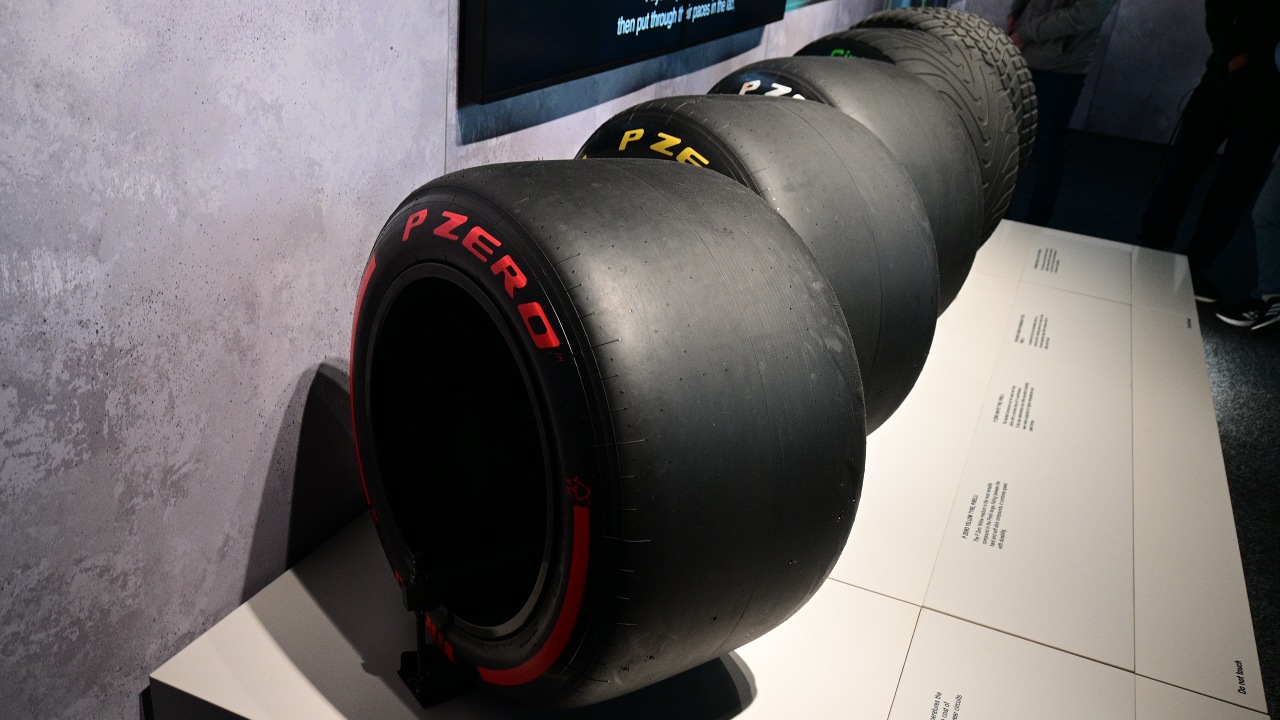
The world of Formula 1 is a high-octane arena where every detail counts, and tire compounds are no exception. In F1, tire compounds are categorized into several types: soft, medium, hard, wet, and intermediate. Each of these serves a specific purpose on the track. Soft tires, known for their exceptional grip, provide the fastest lap times but wear out quickly. Medium tires offer a balance between grip and durability, making them a versatile choice for various track conditions. Hard tires are the most durable, designed to last longer but provide less grip compared to their softer counterparts.
In addition to these dry-weather compounds, wet and intermediate tires are crucial in rainy conditions. Wet tires have deeper treads to handle water on the track, reducing the risk of aquaplaning, while intermediates are designed for damp conditions where the track is drying but still not suitable for dry tires. According to academic studies, the choice of tire impacts grip, wear rate, and temperature management. Regulations in F1 also dictate tire usage, requiring teams to use a mix of compounds throughout a race to maintain competitive balance and safety.
Strategic Implications of Tire Selection
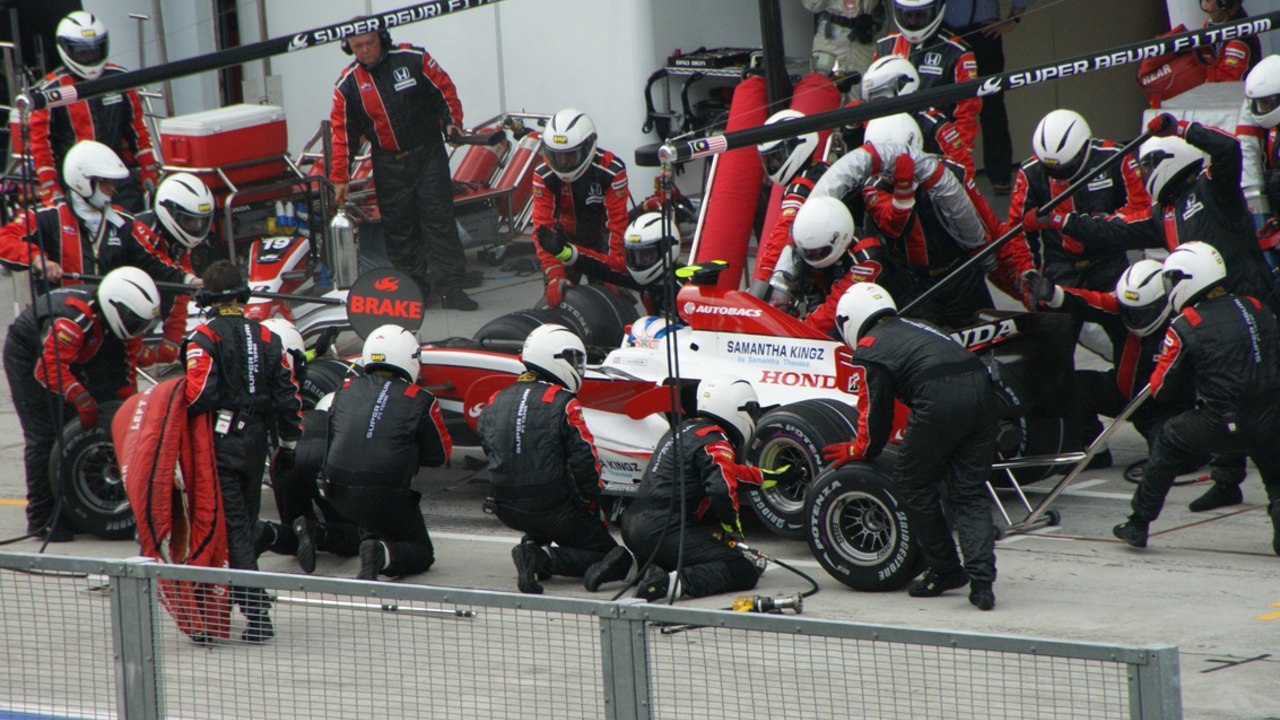
Tire selection is a strategic decision influenced by numerous factors, including track conditions and weather forecasts. Teams must carefully assess these variables to optimize performance. For instance, a track with high temperatures and abrasive surfaces might persuade a team to opt for harder compounds due to their durability. Conversely, cooler conditions could make softer tires more appealing due to their superior grip.
When it comes to pit stop strategies, tire selection plays a vital role. Teams must weigh the trade-offs between speed and durability. Softer tires may require more pit stops due to their rapid wear, whereas harder tires might allow a team to make fewer stops but at the cost of slower lap times. Recent F1 races have highlighted these strategic decisions.
Weather Conditions and Their Impact on Tire Strategy
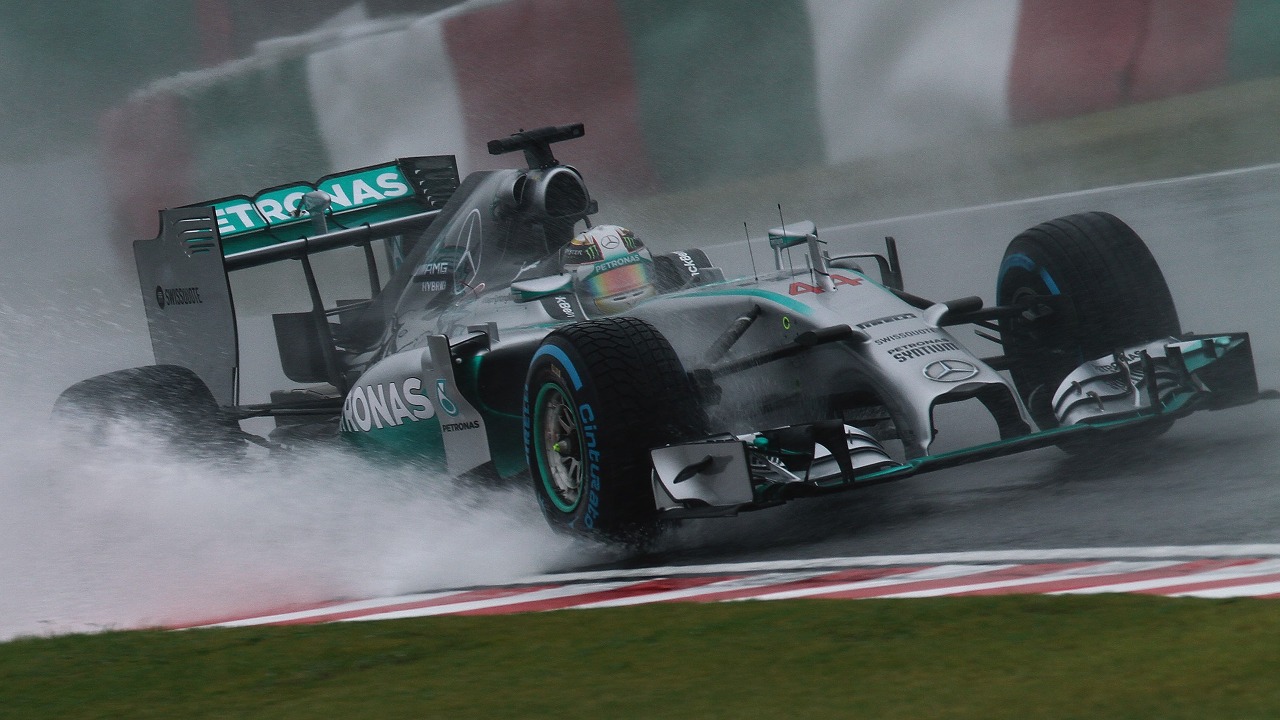
Weather conditions can dramatically alter a team’s tire strategy. Rain can transform a race, forcing teams to switch from dry to wet-weather tires. The Belgian Grand Prix is a prime example of how rain can disrupt tire strategies. During this race, unpredictable weather patterns led teams to frequently change their tire selections, illustrating the need for adaptability in strategy.
Adapting to changing weather requires quick decision-making and a deep understanding of tire performance in varied conditions. Teams must also consider innovations in tire technology that allow for better adaptation to dynamic weather. For instance, advancements in tread design and rubber compounds have improved the efficacy of wet and intermediate tires, giving teams more options in tricky conditions. However, the unpredictable nature of weather continues to challenge even the most prepared teams.
The Role of Data and Simulation in Tire Strategy
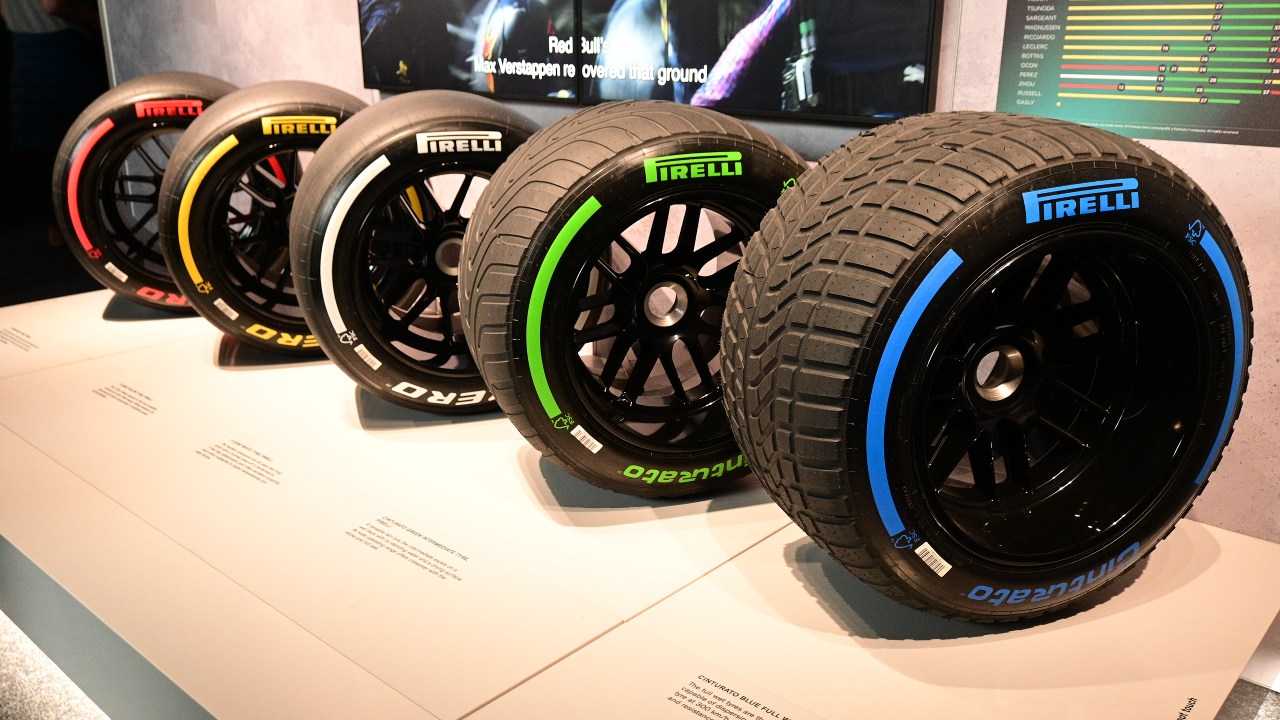
In the modern era of F1, data analytics and simulation play a critical role in tire strategy. Teams utilize data to predict tire performance and degradation patterns, allowing them to make informed choices during a race. By analyzing historical data, teams can anticipate how tires will behave under specific conditions, adjusting their strategies accordingly.
Simulation software further enhances this process by providing a virtual environment to test different tire strategies before race day. This integration of technology enables teams to explore various scenarios, such as the impact of a sudden weather change or an unexpected safety car deployment. As illustrated in recent studies, data-driven insights have been pivotal in influencing race outcomes, giving teams that leverage these technologies a competitive advantage.
Future Trends in Tire Technology and Strategy
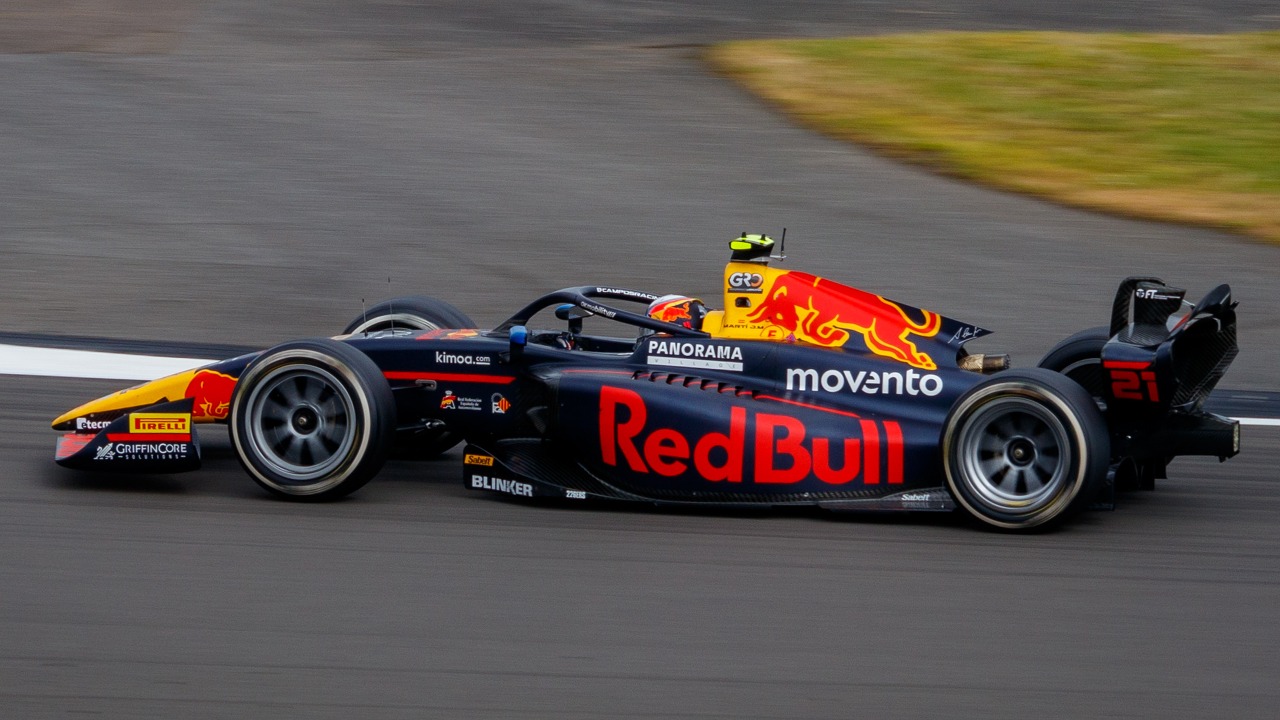
Innovation in tire compounds and materials continues to evolve, promising to reshape future race strategies. Manufacturers are experimenting with new materials that enhance performance while reducing environmental impact. These advancements aim to create tires that not only offer better grip and durability but also align with sustainable practices.
Potential regulatory changes in F1 could further impact tire strategies. New rules might mandate the use of eco-friendly tires or introduce limits on the number of tire sets per race. These developments could lead teams to adopt new strategies and innovations in tire usage. The pursuit of sustainable tire technology not only reflects a commitment to environmental responsibility but also offers exciting new possibilities for race strategy in the years to come.
Like Fast Lane Only’s content? Be sure to follow us.
Here’s more from us:
*Created with AI assistance and editor review.

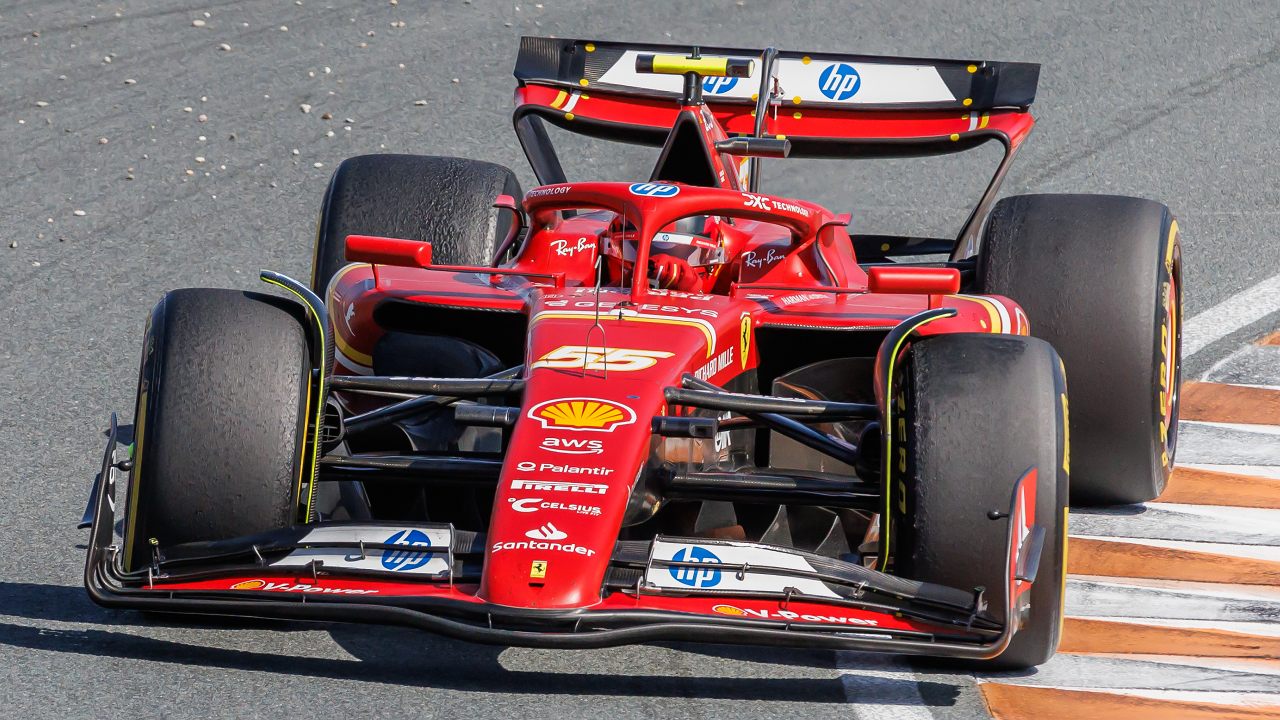





Leave a Reply